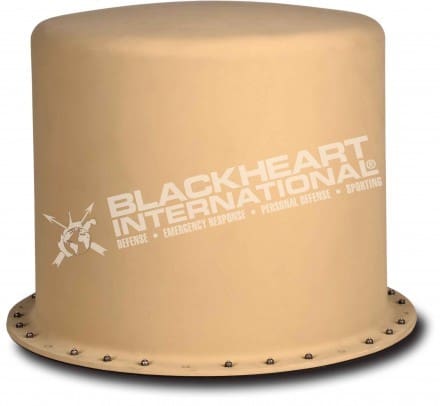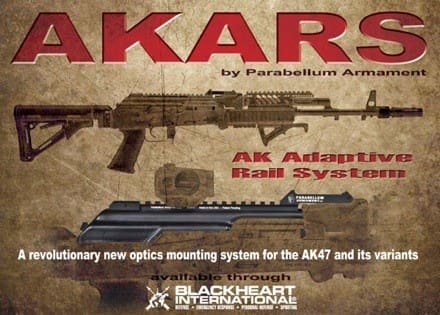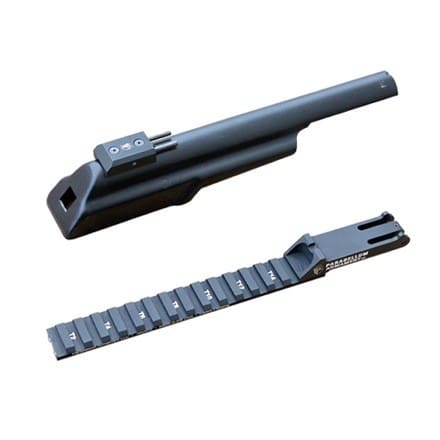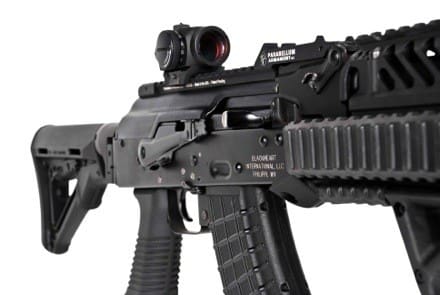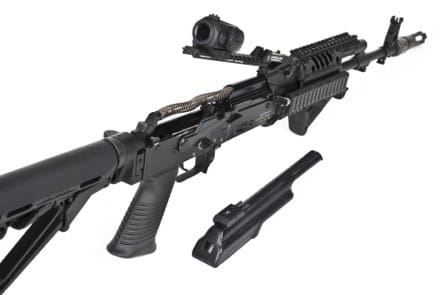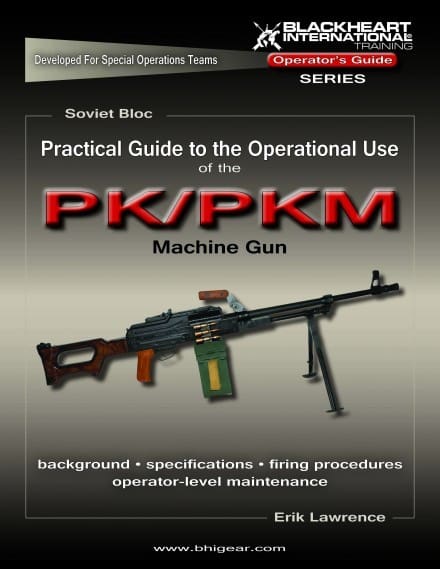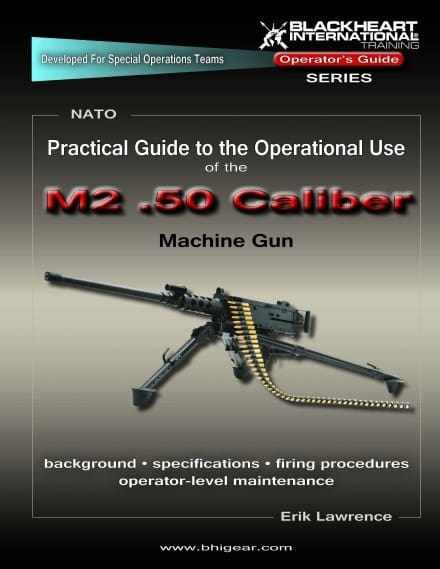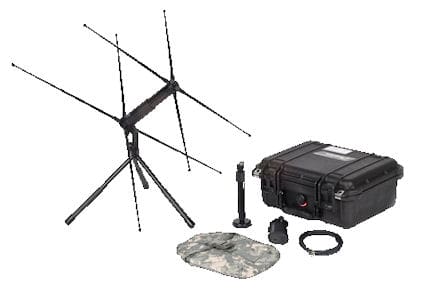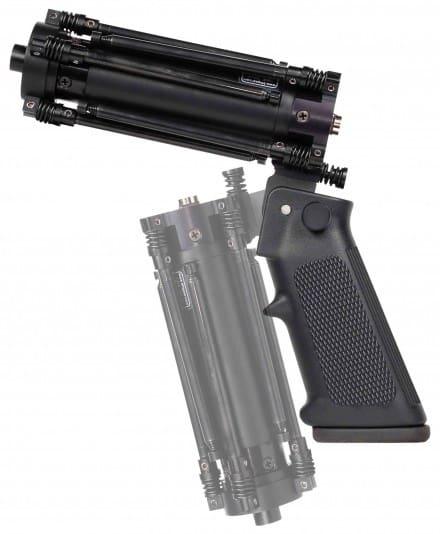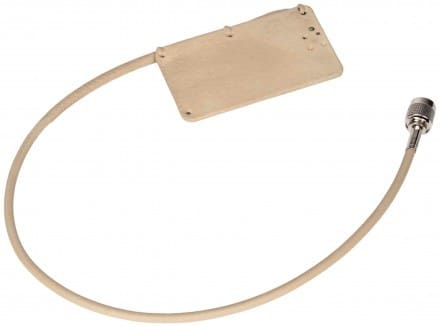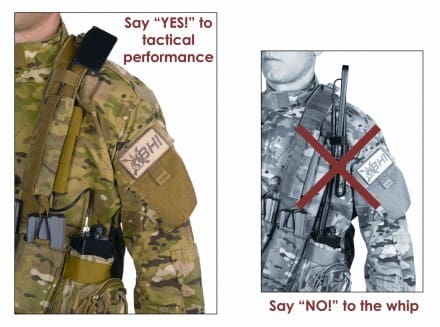Day 5 of the Blackheart International Foreign Weapons Course is test and graduation day. There are no photos of this final phase of instruction simply because it is an evaluation. However, here is what happens on a macro level. Day 5 is the culmination of everything we have learned. Ammunition ID is critical. All of those pile tests we accomplished at the end of each day come in very handy, and maintenance and manual of arms for each weapon is crucial to success. If you attend this course, your skills will be tested. Some would say that the training staff “fire hoses” the students over the course of the week, but there is enough practical application and hands-on reinforcement over the course of the week to make sure the material sinks in.
We reported to the range at 0730 and went right to work. Prior to testing (and after), all of the weapons were available for practice (take down and reassembly) as well as live fire on the main KD range. There was also a dueling tree set which led to some interesting competitions. How about a Sten gun versus a GLOCK?
One at a time, the students face the final evaluation on a separate range which cannot be observed by the other students. I am told by the instructors that no two students ever negotiate the course the same way and that strengths and weaknesses become glaringly apparent as the evaluation progresses.
In my case, it was most certainly true. I reduced all of the threats but fixated on placing a weapon into action that had been challenging to me during the week. Instead of using other resources to progress through the course of fire, I decided that it wasn’t going to “beat” me and I was going to make it work. I wasted time doing so and in a real-world situation could have exposed myself to danger. I already had plenty of resources for success but allowed myself to become myopic and really ramped up the stress in doing so. Once I felt my mouth go dry, I noticed the fine motor skills start to erode. I was placing a lot of stress on myself to succeed. Ultimately, I stopped what I was doing and used the other tools at my disposal to finish the evaluation. I learned a valuable lesson during that evaluation, and in speaking with my fellow students about their experience, I would say that they did too.
The facilities are great. I’ve talked about Sugar Creek Lodge with its weight room, wi-fi service and large eat-in kitchen and Wednesday night home cooked meal. When the course director told me via email, “Just bring your clothes and tooth brush,” he wasn’t far off. Over the week’s coverage, I’ve also mentioned in passing Blackheart’s 300 acre range facility with KD and unknown distance ranges. Lastly, the Headquarters and Training building houses the class room as well as a well stocked retail store. Everything is clean and well maintained.
The access to working weapons that you can actually fire is unparalleled. These includes the everything from the Makarov on the small end up to and including the DShKM in the heavy category. While in the service, several of my units had foreign weapons in the arms room but we never had any ammunition. At a minimum each student fires:
12.7 x 108 10 rds
7.62 x 54R 150 rds linked
7.62 x 54R 20 rds
7.62 x 51 50 rds
7.62 x 25 144 rds
7.62 x 39 440 rds
5.45 x 39 300 rds
9 x 18 50 rds
9 x 19 250 rds
I have a newfound respect for Soviet-era weapons after this experience, particularly the Makarov due to its implicitly and the PKM due to its reliability. Additionally, I found that the AK family of weapons can be effectively employed if you understand them and apply the fundamentals of marksmanship. The unknown distance range really helped me understand how to use the AK sighting system. I wish I would have taken this course 25 years ago.
This was a great course and I highly recommend it to anyone who requires knowledge of the identification, employment, and maintenance of foreign small arms. Blackheart often tailors this course to the specific requirements of users so don’t hesitate to ask if they can support your requirement.
Thank you to Blackheart International and their entire staff for inviting me to this course and your support throughout the week.
www.BHItraining.com


